This Sleek New Solar-Powered EV Sedan Can Go Months Without Charging
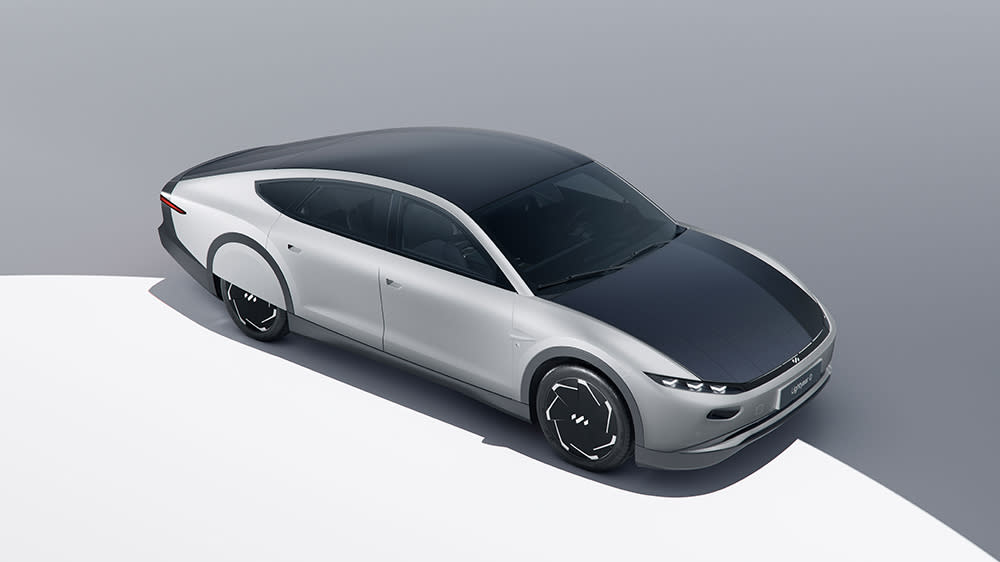
Lightyear doesn’t think battery-powered vehicles are sustainable enough.
That’s why the Dutch-based tech startup has spent the past six years working on a solar-powered EV called the 0. And now the company says that vehicle, which can supposedly go months between charges, is finally ready to hit the road.
More from Robb Report
Meet ZiGGY, the Mobile Robot That Will Charge Your EV While You Shop
Forget Floor-to-Ceiling Windows. This $22.5 Million Manhattan Penthouse Comes With a Glass Roof.
Michelin-Starred Chef John Fraser Is Bringing Light French Cuisine to Wall Street
The 0 is a more refined version of the One concept that Lightyear first showed off in 2019. The production EV still has the same teardrop-shaped body and rear wheel spats as the prototype, but everything else has been simplified. From the nose to the long tail, the vehicle’s lines are much smoother than before. It also has a new light package, including taillights that better follow the shape of the rear, and its side-view mirrors have been replaced with cameras.
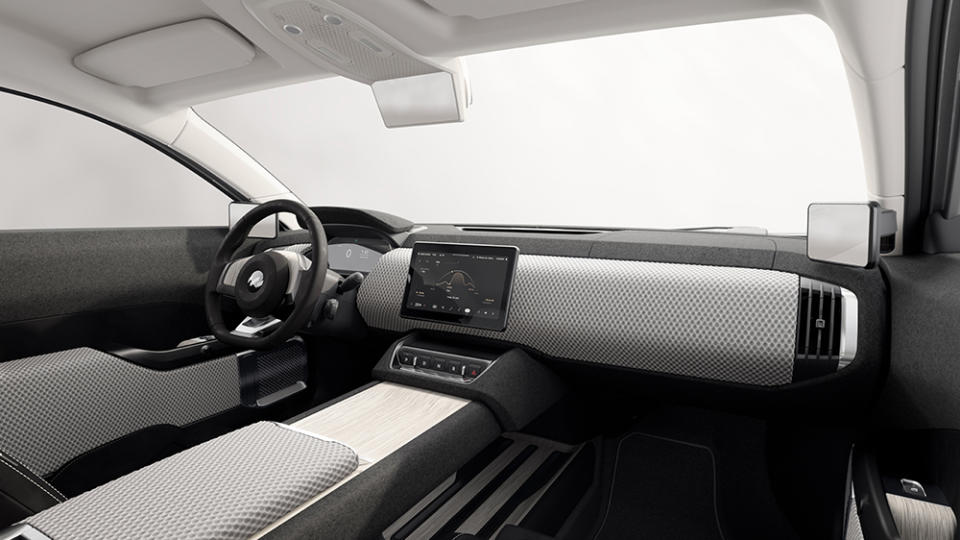
The interior has also been given a subtle makeover. The spacious cabin, which looks to have more than enough room for five adults, has been streamlined and is covered in sustainable vegan materials, including plant-based leathers, wood and fabric made from recycled plastic, according to the brand. Its relatively spartan dash has a digital gauge cluster in the driver’s cockpit and a 10.1-inch touchscreen infotainment system positioned above the centerstack. The system runs Android Automotive but is compatible with Apple CarPlay and over-the-air updates.
As sleek as the 0 may look, what really sets it apart from other EVs is its powertrain. Unlike so many premium EVs, Lightyear’s engineers seemed to have placed an emphasis on efficiency over performance. The 0’s powertrain consists of a four-motor setup connected to a 60-kWh battery pack that produces a combined 174 hp and 1,269 ft lbs of torque, according to CNET Roadshow. Thanks to that, it accelerates from zero to 62 mph in decidedly pedestrian 10 seconds and has a top speed of just under 100 mph.
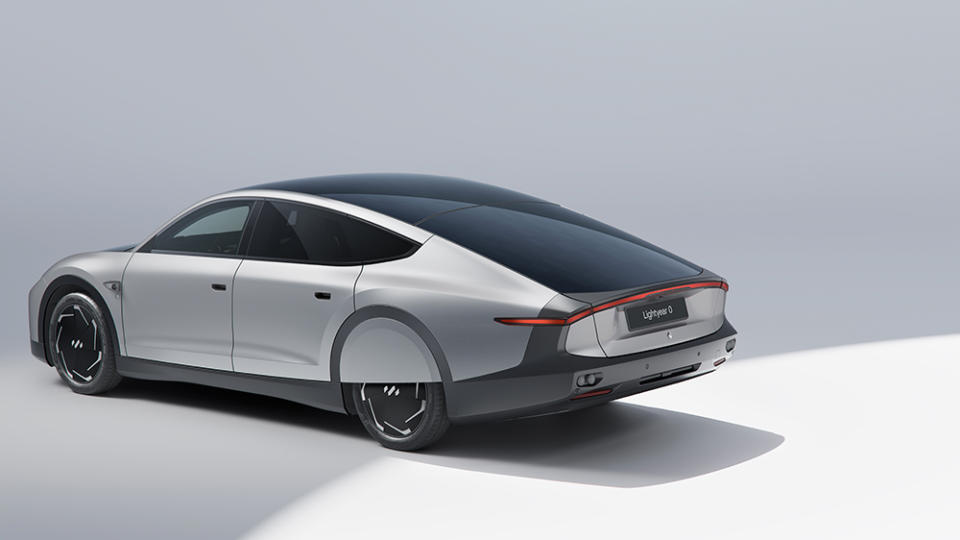
If the last two figures won’t wow anyone, the EV’s claimed range just might. Its battery alone will allow it drive 388 miles between charges, based on the European WLTP testing cycle. But that battery isn’t the only thing that will keep you on the road. Its roof and tail are also equipped with 16.4 square feet of solar panels that will add up to 44 miles of range per day. If you live in the Netherlands and have a daily commute of 22 miles, Lightyear says you could easily go two months between charges. And if you live somewhere sunnier—like, say, California—you could go as long as seven months between charges, the brand claims. The solar setup also means the 0 is equipped with a smaller battery than its peers, lowering its weight and the environmental impact of producing the car.
“To minimize plug-charging and maximize range, the industry’s strategy, so far, has been to add batteries. That increases the carbon footprint of production and, in turn, boosts weight and the need for high-power charging stations,” Lightyear’s co-founder, Lex Hoefsloot, said during the 0’s digital debut. “Our strategy flips that approach. Lightyear 0 delivers more range with less battery, reducing weight and CO₂ emissions per vehicle.”
EVs don’t exactly come cheap and neither will the first one powered by solar energy. Lightyear has announced it will produce just 946 examples of the 0, which will each start at about $266,000. If a quarter mil for semi-solar-powered EV doesn’t make you blink, you can order yours now though the company’s website. Deliveries are expected to begin later this year.
Check out more photos of the 0 below:
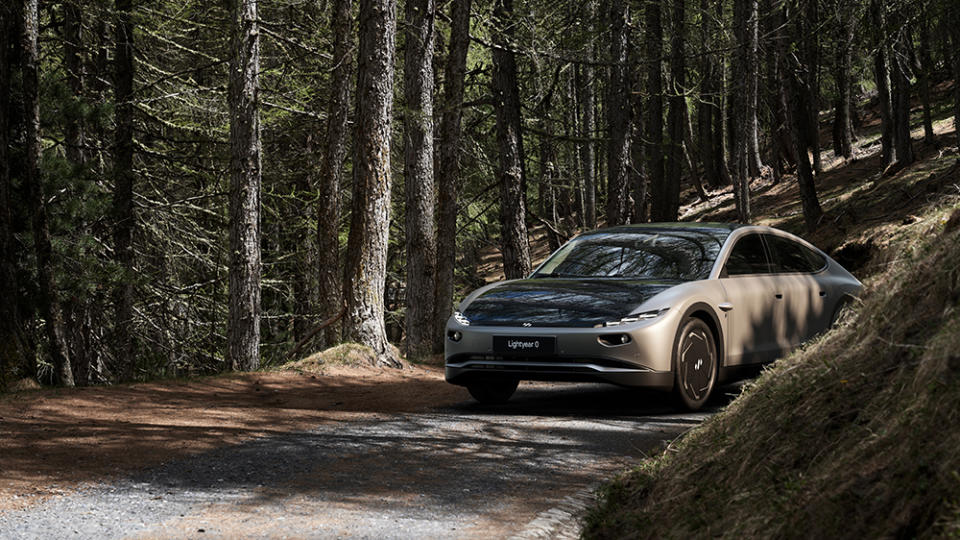
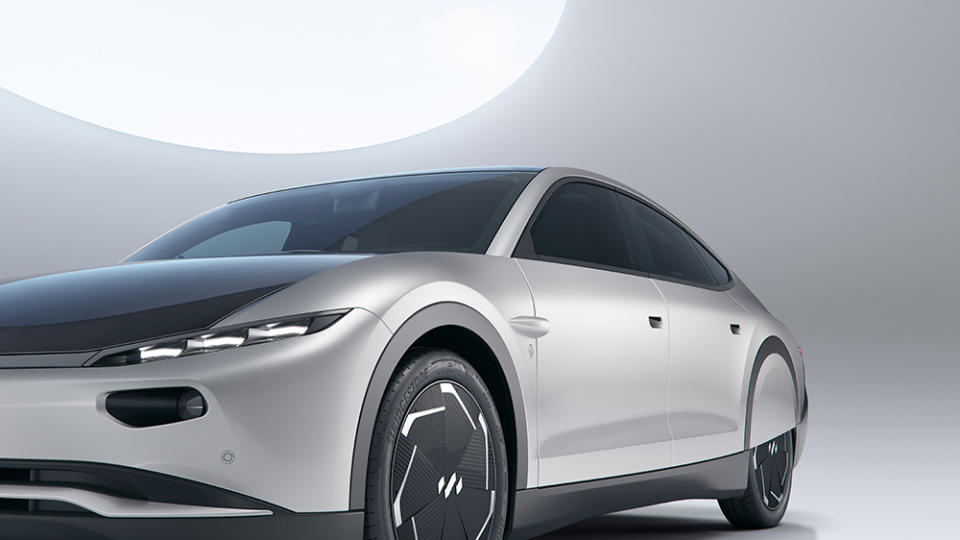
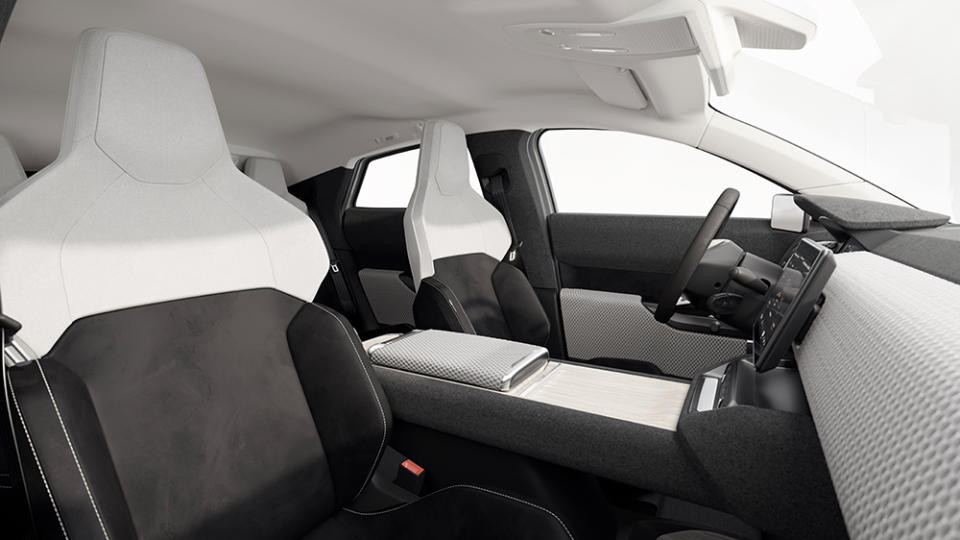
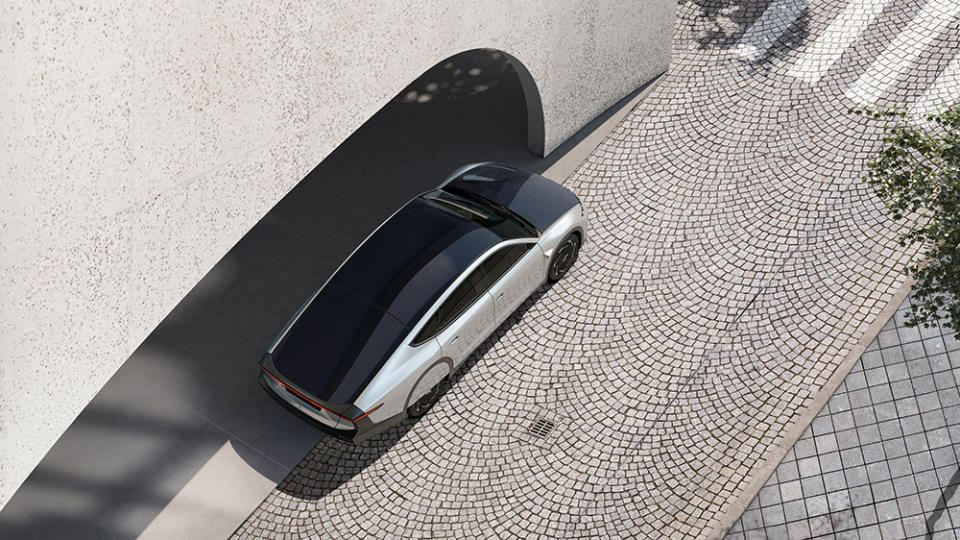
Best of Robb Report
The Chevy C8 Corvette: Everything We Know About the Powerful Mid-Engine Beast
The 15 Best Travel Trailers for Every Kind of Road-Trip Adventure
Sign up for Robb Report's Newsletter. For the latest news, follow us on Facebook, Twitter, and Instagram.
